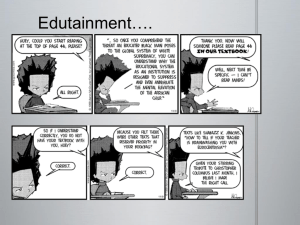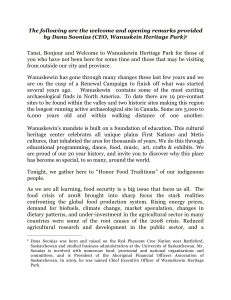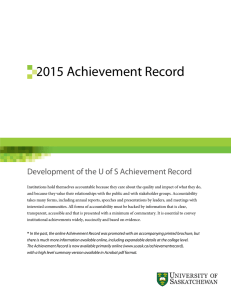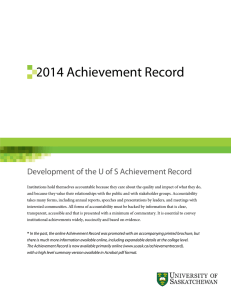constructing teachers
advertisement
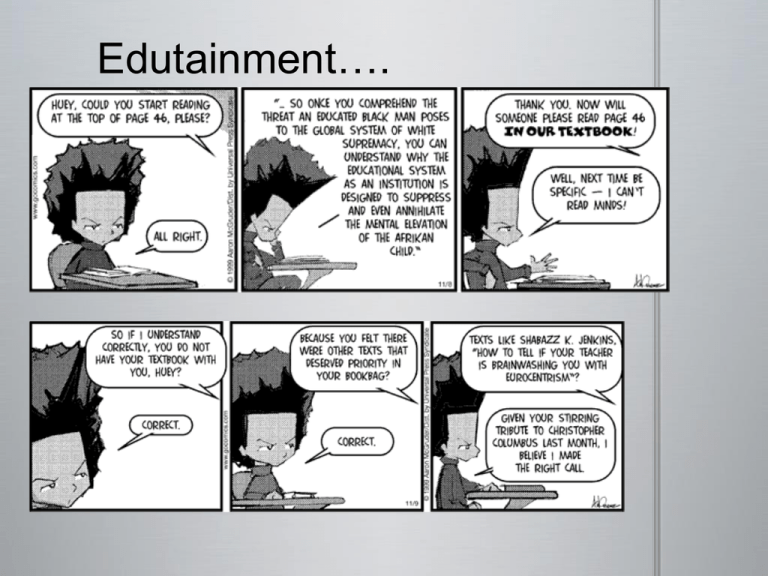
Edutainment…. ECS 210 October 8th, 2013 Commonsense Partial Knowledge Troubling Knowledge Producing Teachers ---------------------------------------- Producing Teachers Which of the three images in the chapter best describe the programme you are in and why? Teacher as Researcher Teacher as Professional Producing Teachers Teacher as Learned Practitioner Pairs or Triads – What does Kumashiro say are the limitations of this approach? What other limitations can you think of? Producing Teachers Learned Practitioner Producing Teachers Questions to consider: Who does the teacher get to be here? How does the curriculum produce teachers? a focus on “supporting Aboriginal identity”; developing, “knowledge, positive attitudes and cultural understanding”; an emphasis on “positive images of First Nations, Métis and Inuit peoples”; a focus on “identity development” of Aboriginal youth; and a call to teach Aboriginal students in a manner “compatible with [students’] backgrounds and learning styles.” Producing Teachers The language of Native Studies 10(Saskatchewan Education, 2000) Producing Teachers Questions to consider: Who does the teacher get to be in these frameworks? How does the curriculum produce teachers? Students will be able to explain the factors that made economic transition difficult. Students will be able to synthesize the impact of residential schools on family life. Producing Teachers Students will be able to understand the harmful effects of forced change. Producing Teachers Questions to consider: Who does the teacher get to be? How does the curriculum produce teachers? Producing Teachers First day Story It was the first day of my new job as a high school English teacher in Punnichy Saskatchewan. My experience with Aboriginal peoples was limited. My desire to be in this place was not however, and as a way to actualize this desire, I had a plan. On my first day of school, I was going to drive through George Gordon First Nation. This was the first time I had ever been to a reserve and I thought it appropriate to start my time in this place with a show of solidarity. The trip through the reserve would add about 10 minutes to my trip. There was a lot of gravel road driving. My senses were very alert, I mean this was my first time on a reserve, and I was coming to teach students that lived here… I needed to be awake and aware, learning from what I was seeing; starting to make some sense of the context I was going to be teaching in. As I entered Gordon’s from the South, I started to catalogue what I saw – houses, distances between, stuff in the driveway, the conditions of cars, the upkeep of places, some ‘very nice’, gables and horses and satellite dishes and some not so nice – boarded windows, unkempt lawns, big, old rusted cars on blocks. Cars and trucks would pass me on the road, and almost every person waved a friendly greeting. Cowboy hats on heads, dream-catchers hanging from rearview mirrors, each one waving with one hand lifted slightly off of the steering wheel. She looks friendly, he looks nice, a little big, maybe he has diabetes, wow was she old and wrinkled, nice truck…. I was driving past the gas station / grocery store and saw a large truck and a really large Native man filling gas. I hope I don’t get stuck right here, that guy might try and steal my car. Pardon? Did I think that? Where the hell did that come from? There is no rational reason to think that. But I did. But I’m not racist. But why would I think something like that? As I continue driving down the road towards school, I argue with myself about my thoughts. Producing Teachers Questions to consider: Who does the teacher get to be in this story? How does the lived curriculum produce teachers? In what ways are you partial, that is invested in a particular image of ‘being’ a teacher? Producing Teachers Take a look at what you noticed/wrote about this teacher education program. Given what we’ve said about some of these complexities, what else can you say about either what the program does do, or should do to prepare you?
